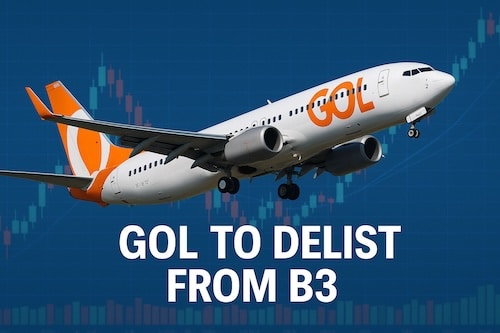
The Brazilian government, under President Luiz Inácio Lula da Silva, has unveiled a major financial support package for the country’s airline industry: R$ 8 billion (about USD 1.5 billion) in credit lines. The measure aims to ease the financial pressures faced by airlines due to high operating costs, fuel expenses, and currency fluctuations that have impacted their balance sheets.
What Was Announced
The package will make R$ 8 billion available between 2025 and 2026, with R$ 4 billion released in 2025 and another R$ 4 billion in 2026. Financing will be operated by the state development bank BNDES, with interest rates ranging between 6.5% and 10% annually.
To enable access, the government will use the Foreign Trade Guarantee Fund (FGCE), which helps companies secure loans even when they lack sufficient collateral. A Provisional Measure has already been signed to make the guarantees legally valid.
Who Will Benefit
In 2025, of the R$ 4 billion allocated:
-
About R$ 1.2 billion will be reserved for major airlines that hold at least 1% of Brazil’s domestic market, including Azul, Gol, and LATAM.
-
Another R$ 400 million will go to smaller carriers, such as Total.
Additionally, the Ministry of Ports and Airports has proposed an extra R$ 2 billion for 2026, which will require approval from Congress.
Why It Matters
Brazil’s airlines have faced rising challenges over the last few years: fuel costs remain high, airport fees continue to weigh on margins, and currency volatility makes imported aircraft parts and leasing contracts more expensive. These pressures have led to debt accumulation and reduced flexibility for carriers.
By improving access to credit, the government expects airlines to stabilize their operations — renewing fleets, maintaining aircraft, purchasing spare parts, and potentially expanding routes. In the medium term, this could also help balance ticket prices and improve service reliability for passengers.
Challenges Ahead
Despite the relief, there are still uncertainties:
-
The BNDES and Brazil’s Monetary Council still need to define the exact rules for loan access.
-
While the FGCE guarantees should broaden participation, smaller airlines may still struggle with bureaucracy or eligibility requirements.
-
Interest rates, even with support, must remain competitive enough to make the loans truly useful for struggling carriers.
Conclusion
The Lula administration’s decision to unlock R$ 8 billion in credit for airlines is a significant step to support one of Brazil’s most strategic sectors. If effectively executed, the program could bring stability to airline finances, expand connectivity, and possibly ease airfares. The coming months will show whether the credit package translates into real improvements for both the industry and Brazilian travelers.



